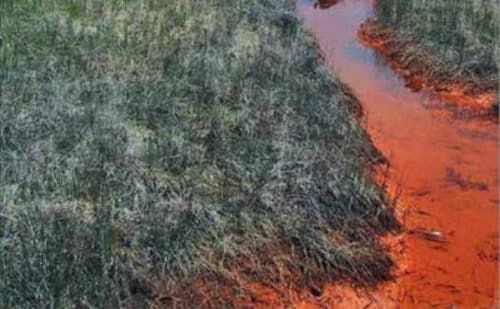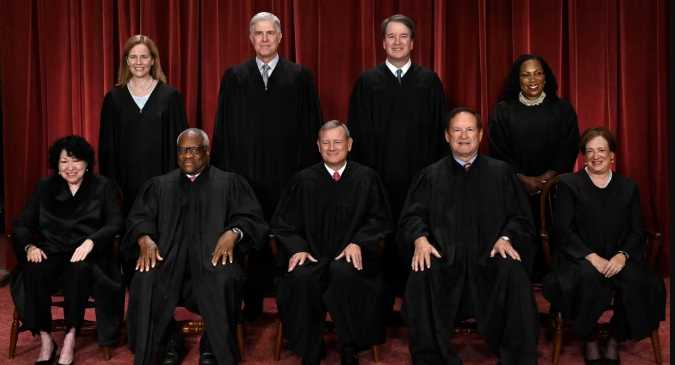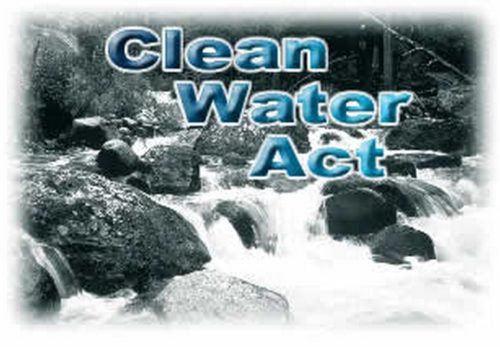“Congress and local elected officials must now step in and do more to protect clean water through durable legislation and state-based action,” said one advocate.

Under a U.S. Supreme Court ruling condemned by clean water advocates earlier this year, the Environmental Protection Agency on Tuesday announced a revised rule that could clear the way for up to 63% of the country’s wetlands to lose protections that have been in place nearly half a century under the Clean Water Act.
EPA Administrator Michael Regan said he had been “disappointed” by the 5-4 decision handed down in Sackett v. Environmental Protection Agencyin May, but he was obligated under the ruling to issue a final rule changing the agency’s definition of “waters on the United States.”
As Common Dreamsreported, the high court ruled in May that the Clean Water Act protects waters and wetlands that have a “continuous surface connection to bodies that are waters of the United States in their own rights,” such as major rivers and coastlines.
Prior to the ruling, the Clean Water Act protected wetlands as long as they had a “significant nexus” to regulated waters, but the EPA rule removes that test from consideration when determining if a waterway should be protected. The rule will leave streams and tributaries—and the communities adjacent to them—without protections from pollution that can be caused by housing and business development, mining, pipeline construction, and a number of industries.
The ruling and resulting EPA rule reflected “the Supreme Court’s disturbing pattern of striking down environmental regulations to serve industry interests,” said environmental law group Earthjustice on Tuesday.







